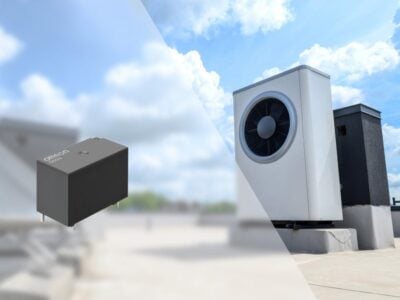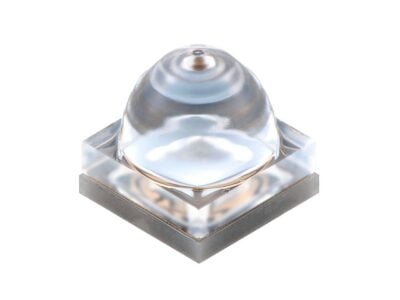
RF modules speed time-to-market for implantable medical device designers
The new radio link is comprised of the company’s ZL70321 implantable radio module and its ZL70120 base station radio module for external device controllers. Both modules are based on Microsemi’s ultra low power (ULP) ZL70102 medical implantable communications service (MICS) band radio transceiver chip, which supports a high data rate RF link for medical implantable communication applications.
Radio frequency technology is increasingly being used in a wide variety of medical implantable applications including cardiac care, physiological monitoring (e.g. insulin), pain management and obesity treatments.
The ZL70321 implantable module implements all RF-related functions needed to deploy the implant node in a MICS RF telemetry system. The integrated antenna tuning circuit allows the module to be used with a wide range of implant antennas (nominal antenna impedance is 100+j150 Ω). The module provides the following major blocks a ZL70102-based MICS RF transceiver with integrated matching network, SAW filters for suppression of unwanted blockers and antenna tuning; a 2.45 GHz wake-up receiver matching network; an integrated 24 MHz reference frequency crystal; and decoupling capacitors.
The ZL70120 base station radio module also includes all RF-related functions required to deploy the external device functions in a MICS-band RF telemetry system. It is designed to meet regulatory requirements including FCC, ETSI and IEC. Additional features include integrated matching network, bandpass filters for suppression of unwanted blockers and an extra receiver LNA for maximized receiver sensitivity.
The module is equipped with a2.45-GHz wake-up transmitter and antenna matching network while a RSSI filter and logarithmic amplifier simplify clear channel assessment (CCA) required by the MICS standard. There is also a 24-MHz XO reference frequency for the 400-MHz and 2.45-GHz subsystems.
Microsemi’s ZL70102 transceiver chip, which is used on both the implantable and base station modules, allows patient health and device performance data to be quickly transmitted with little impact to the useful battery life of the implanted device. The device operates in the 402–405 MHz MICS band. Multiple ULP wake-up options are supported including a 2.45 GHz ISM band wake-up receiver. The ZL70102 consumes less than 6mA when transmitting or receiving data, only consumes 290 nA when in listen before transmit mode and has a sleep mode that consumes 10 nA.
Availability
Microsemi’s new med-net radio solution is available now. The company also offers an application development kit (ADK) to qualified customers.
Visit Microsemi at www.microsemi.com
 If you enjoyed this article, you will like the following ones: don't miss them by subscribing to :
eeNews on Google News
If you enjoyed this article, you will like the following ones: don't miss them by subscribing to :
eeNews on Google News




